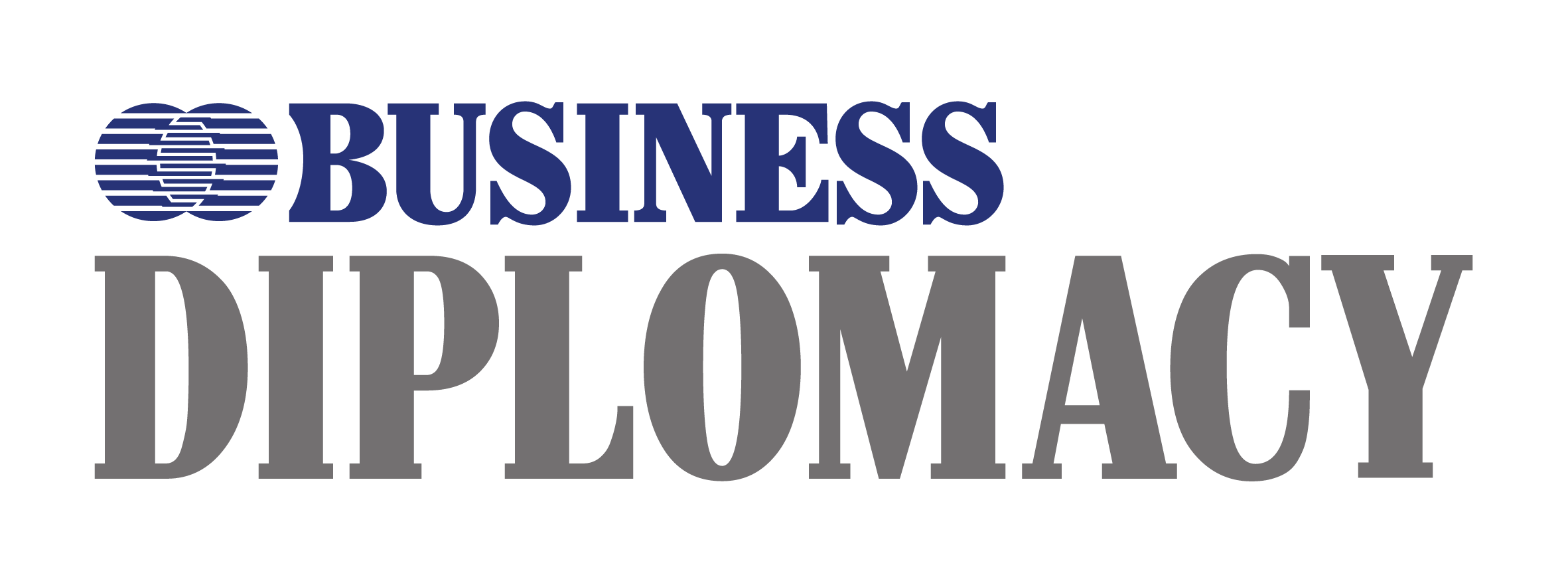HE IMPACT OF KNOWLEDGE PROCESS CAPABILITIES ON FIRMS’ INNOVATIVENESS
KPC contribute to the firm’s learning and adaptation processes, thereby enhancing its innovativeness
Knowledge process capabilities (KPC) play a pivotal role in shaping a firm’s innovativeness, exerting a significant impact on its ability to generate and implement novel ideas, products, services, and processes. These capabilities encompass the efficient management, sharing and utilization of knowledge assets, processes, and activities, empowering firms to drive innovation and gain a competitive edge in the market.
One of the primary impacts of KPC on firms’ innovativeness lies in their ability to foster a culture of creativity and idea generation. By effectively capturing, storing, and organizing knowledge, firms establish a robust knowledge management system that serves as a rich repository of explicit and tacit knowledge. This centralized knowledge base facilitates the identification and retrieval of relevant information, empowering employees to draw upon existing knowledge and insights to generate innovative ideas. Furthermore, efficient knowledge codification and dissemination enable firms to leverage their intellectual capital and spark creativity within their workforce, nurturing a conducive environment for innovation.
The role that KPC play in facilitating collaboration and knowledge sharing within the organization is indisputable. By cultivating an open and collaborative culture, firms encourage employees to share their knowledge, experiences, and expertise. This exchange of knowledge serves as a catalyst for innovation, as diverse perspectives and insights converge to fuel the generation of ground-breaking ideas. Strong KPC enable firms to connect employees with different areas of expertise, fostering interdisciplinary collaboration and the synthesis of ideas from various disciplines. This multidimensional collaboration often leads to novel and holistic approaches to innovation challenges, enhancing the firm’s ability to develop ground-breaking solutions.
The role that KPC play in facilitating collaboration and knowledge sharing within the organization is indisputable
KPC contribute to the firm’s learning and adaptation processes, thereby enhancing its innovativeness. Firms that prioritize knowledge creation, acquisition, and utilization are better equipped to learn from both internal and external sources. By reflecting on past experiences, successes, and failures, firms extract valuable insights that inform future innovation initiatives. Continuous learning enables firms to identify emerging trends, market opportunities, and technological advancements, guiding their innovation strategies. Additionally, firms with robust KPC are adept at monitoring and learning from competitors, industry best practices, and customer feedback, enabling them to develop superior products and services that meet evolving customer needs.
Furthermore, KPC facilitate the absorption and integration of external knowledge. Firms that actively seek external knowledge sources, such as partnerships, collaborations, and alliances, tap into a broader pool of expertise, ideas, and resources. By harnessing external knowledge, firms overcome internal limitations and expand their innovation capabilities.
The effective integration of external knowledge with internal knowledge assets enables firms to combine diverse perspectives and leverage complementary knowledge, fostering the development of unique and disruptive innovations that set them apart from competitors.
Finally, KPC have a direct impact on the successful implementation and commercialization of innovations. While generating innovative ideas is crucial, effectively bringing these ideas to market requires robust management and execution of the innovation process. Firms with strong KPC possess the necessary mechanisms to translate ideas into practical applications, refine prototypes, address technical challenges, and align innovation efforts with market demands. By efficiently managing knowledge throughout the innovation process, firms reduce time-to-market, increase the success rate of innovations, and gain a competitive advantage over their peers.
Professor of Strategy, University of the West of England, Rıfat Kamaşak.



